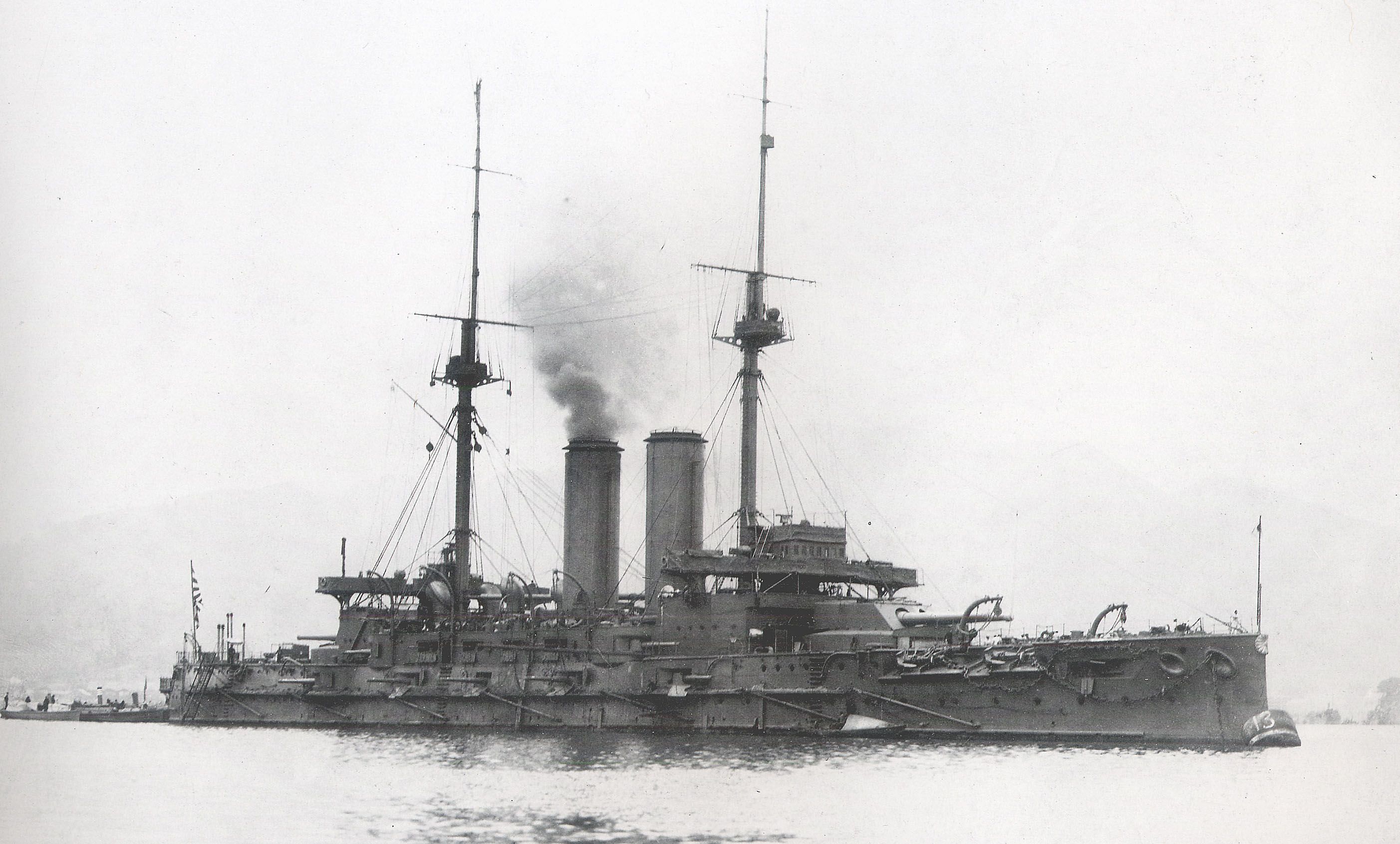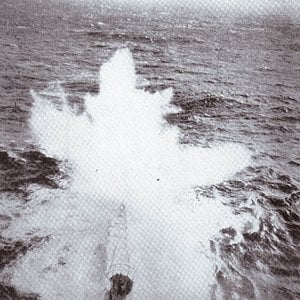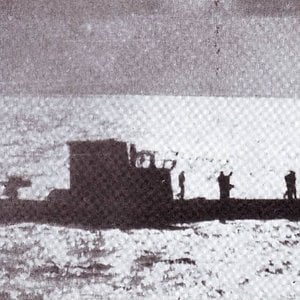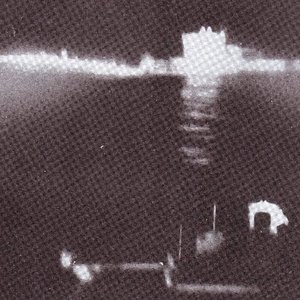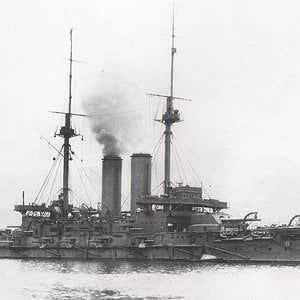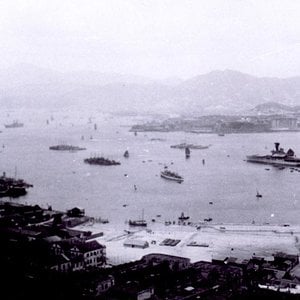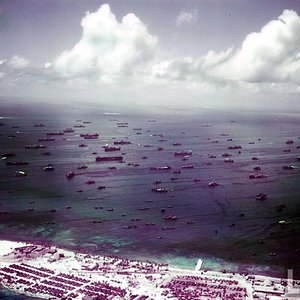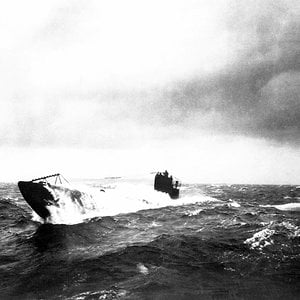Navigation
Install the app
How to install the app on iOS
Follow along with the video below to see how to install our site as a web app on your home screen.
Note: This feature may not be available in some browsers.
More options
You are using an out of date browser. It may not display this or other websites correctly.
You should upgrade or use an alternative browser.
You should upgrade or use an alternative browser.
Construction
Turret layout for original 12 inch (305 mm) 40 calibre gunsAt the time of her delivery, Mikasa was a state-of-the-art vessel of the pre-dreadnought era, but did not represent a zenith of firepower and protective strength, despite common claims.
She was adapted from the Royal Navy's latest Majestic class design, with increased displacement (15,140 tonnes against 14,900), improved speed (18 knots against 17), slightly stronger armament (two more 6 inch guns), and stronger armour: she kept the same armour thicknesses but used more effective Krupp armour, around 15% stronger compared to the Harvey armour used by the Majestic class.
But the last of the Majestics was commissioned in April 1898. The six ships of the Canopus class, first commissioned December 1899, introduced Krupp armour in the Navy and could reach 18 knots. The Formidable class, first ship commissioned September 1901, had equivalent firepower and defensive qualities. Upon her delivery, Mikasa was equal to contemporary British designs.
[edit] Russo-Japanese War of 1904-1905
Admiral Togo on the bridge of the Mikasa, before the Battle of Tsushima in 1905Her main guns, grouped in armoured turrets in a central position, allowed for the rest of the ship to be evenly protected with the heavy Krupp protective steel plates. Thanks to this design, Mikasa was able to withstand a large number of direct hits: she received around twenty hits during the Battle of the Yellow Sea on 10 August 1904, and around thirty hits during the Battle of Tsushima, with only limited damage. The firepower and the longer range of the guns of Mikasa were also fully exploited by highly trained and effective Japanese gunners, who were equipped with state-of-the-art rangefinders provided by Barr and Stroud of Glasgow.[1]
At Tsushima, Mikasa led the combined Japanese fleet into one of the most decisive naval battles in history. The Russian fleet was almost completely annihilated: out of thirty eight Russian ships, twenty one were sunk, seven captured, six disarmed, 4,545 Russian servicemen died and 6,106 were taken prisoner. The Japanese only lost 116 men and three torpedo boats. But note that the Japanese navy was a highly professional organisation based upon the British Royal Navy; by contrast the Russian navy was ill prepared to fight and crewed largely by landsmen, not seamen. Admiral Togo, the 'Japanese Nelson', himself spent several years with the Royal Navy in Britain.
The performance of the Japanese fleet was observed and analysed by Western powers, and played an important role in the definition of the next generation of battleships (the Dreadnoughts), since the conflict "confirmed the greater efficiency of heavy guns and the importance of long-range gunfire." ("The Battleship Dreadnought" Conway Marine).
[edit] Sinking and reconstruction
Mikasa as she appeared in 1905Shortly after the peace treaty with Russia was signed, Mikasa sank after a fire and magazine explosion took out a section of hull while in harbor at Sasebo on 11 September 1905. The accident killed 339 crewmen, or approximately three times the number killed in combat during the war and injured some 300 more. The ship settled in 11 metres (36 ft) of water. Extensive efforts were made to salvage the ship, and after repeated attempts, she was refloated on 8 August 1906 and towed to Maizuru Naval Arsenal for repairs.
After two years of repairs which included the replacement of her badly corroded 12-inch x 40-calibres length main guns by newer longer and hence much more powerful 12-inch (305 mm) 45-calibre guns, Mikasa was recommissioned and restored to active service in 1908.
Ordered: 26 September 1898
Builder: Vickers, Barrow-in-Furness, United Kingdom
Laid down: 24 January 1899
Launched: 8 November 1900
Commissioned: 1 March 1902
Decommissioned: 20 September 1923
Status: Transformed as a memorial ship
General characteristics
Displacement: 15,140 tons
Length: 131.67 m (432.0 ft) LOA
Beam: 23.23 m (76.2 ft)
Draft: 8.28 m (27.2 ft)
Propulsion: Two Shaft Reciprocating VTE steam engine; 25 boilers, 15,000 shp (11,190 kW)
Speed: 18.25 knots (33.8 km/h)
Range: 7,000 nautical miles (13,000 km) @10 knots (19 km/h)
Complement: 860
Armament: 4 × 12-inch (305 mm) 40-calibres guns length (originally);
4 x 12 inch 45-calibres length (from 1908)
14 × QF 6 inch (152 mm) guns (casements)
20 × 3-inch (76 mm) guns
4 X Torpedo tubes
Turret layout for original 12 inch (305 mm) 40 calibre gunsAt the time of her delivery, Mikasa was a state-of-the-art vessel of the pre-dreadnought era, but did not represent a zenith of firepower and protective strength, despite common claims.
She was adapted from the Royal Navy's latest Majestic class design, with increased displacement (15,140 tonnes against 14,900), improved speed (18 knots against 17), slightly stronger armament (two more 6 inch guns), and stronger armour: she kept the same armour thicknesses but used more effective Krupp armour, around 15% stronger compared to the Harvey armour used by the Majestic class.
But the last of the Majestics was commissioned in April 1898. The six ships of the Canopus class, first commissioned December 1899, introduced Krupp armour in the Navy and could reach 18 knots. The Formidable class, first ship commissioned September 1901, had equivalent firepower and defensive qualities. Upon her delivery, Mikasa was equal to contemporary British designs.
[edit] Russo-Japanese War of 1904-1905
Admiral Togo on the bridge of the Mikasa, before the Battle of Tsushima in 1905Her main guns, grouped in armoured turrets in a central position, allowed for the rest of the ship to be evenly protected with the heavy Krupp protective steel plates. Thanks to this design, Mikasa was able to withstand a large number of direct hits: she received around twenty hits during the Battle of the Yellow Sea on 10 August 1904, and around thirty hits during the Battle of Tsushima, with only limited damage. The firepower and the longer range of the guns of Mikasa were also fully exploited by highly trained and effective Japanese gunners, who were equipped with state-of-the-art rangefinders provided by Barr and Stroud of Glasgow.[1]
At Tsushima, Mikasa led the combined Japanese fleet into one of the most decisive naval battles in history. The Russian fleet was almost completely annihilated: out of thirty eight Russian ships, twenty one were sunk, seven captured, six disarmed, 4,545 Russian servicemen died and 6,106 were taken prisoner. The Japanese only lost 116 men and three torpedo boats. But note that the Japanese navy was a highly professional organisation based upon the British Royal Navy; by contrast the Russian navy was ill prepared to fight and crewed largely by landsmen, not seamen. Admiral Togo, the 'Japanese Nelson', himself spent several years with the Royal Navy in Britain.
The performance of the Japanese fleet was observed and analysed by Western powers, and played an important role in the definition of the next generation of battleships (the Dreadnoughts), since the conflict "confirmed the greater efficiency of heavy guns and the importance of long-range gunfire." ("The Battleship Dreadnought" Conway Marine).
[edit] Sinking and reconstruction
Mikasa as she appeared in 1905Shortly after the peace treaty with Russia was signed, Mikasa sank after a fire and magazine explosion took out a section of hull while in harbor at Sasebo on 11 September 1905. The accident killed 339 crewmen, or approximately three times the number killed in combat during the war and injured some 300 more. The ship settled in 11 metres (36 ft) of water. Extensive efforts were made to salvage the ship, and after repeated attempts, she was refloated on 8 August 1906 and towed to Maizuru Naval Arsenal for repairs.
After two years of repairs which included the replacement of her badly corroded 12-inch x 40-calibres length main guns by newer longer and hence much more powerful 12-inch (305 mm) 45-calibre guns, Mikasa was recommissioned and restored to active service in 1908.
Ordered: 26 September 1898
Builder: Vickers, Barrow-in-Furness, United Kingdom
Laid down: 24 January 1899
Launched: 8 November 1900
Commissioned: 1 March 1902
Decommissioned: 20 September 1923
Status: Transformed as a memorial ship
General characteristics
Displacement: 15,140 tons
Length: 131.67 m (432.0 ft) LOA
Beam: 23.23 m (76.2 ft)
Draft: 8.28 m (27.2 ft)
Propulsion: Two Shaft Reciprocating VTE steam engine; 25 boilers, 15,000 shp (11,190 kW)
Speed: 18.25 knots (33.8 km/h)
Range: 7,000 nautical miles (13,000 km) @10 knots (19 km/h)
Complement: 860
Armament: 4 × 12-inch (305 mm) 40-calibres guns length (originally);
4 x 12 inch 45-calibres length (from 1908)
14 × QF 6 inch (152 mm) guns (casements)
20 × 3-inch (76 mm) guns
4 X Torpedo tubes

